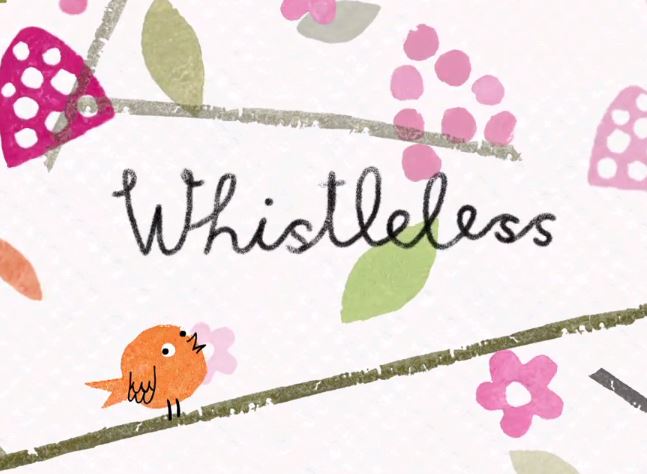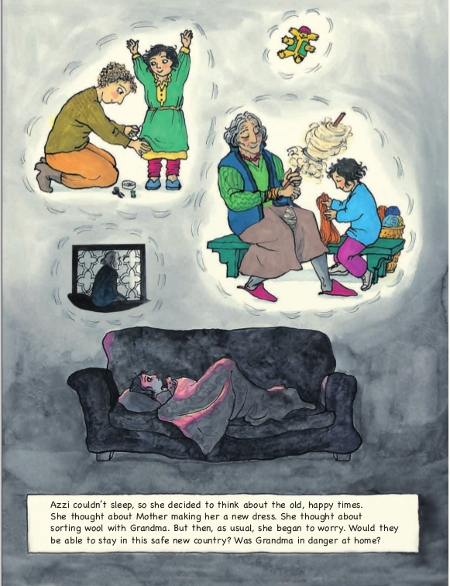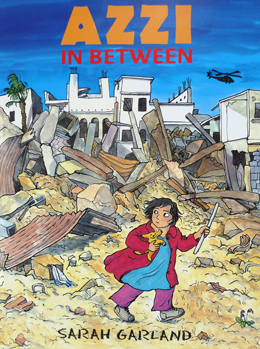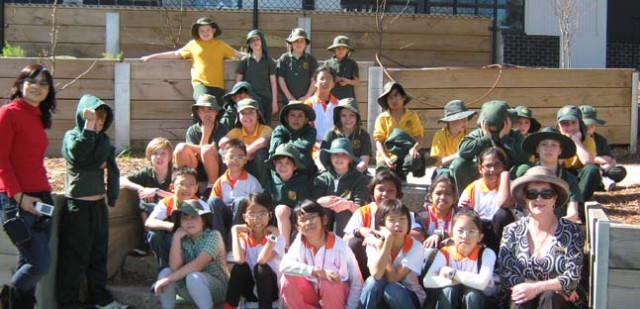Audience: Year 11 Society and Culture
Submitted by: Sally Farr
Resource description:
The web links below cover aspects of Vietnamese culture including status of the individual, social relationships, value system, family structure, religion, diet and communication.
Teaching and learning ideas:
Students choose one topic from the list below. Students read the suggested material and then carry out further research of their own. Students use the intercultural communication question cards (observes, inquires, compares) at http://interculturalcommunicationkit.weebly.com/question-cards.html to make observations and compare the target culture with their own experiences. Students complete one of the graphic organisers provided under Culture capsules at http://interculturalcommunicationkit.weebly.com/teaching-strategies.html and present their findings to the class.
Links:
Status of the individual
http://www.vietspring.org/values/attitude.html
Social relationships
http://www.vietspring.org/values/social.html
Value system
http://www.vietspring.org/values/valsystem.html
Family structure
http://www.vietspring.org/values/family.html
Vietnamese-Australian families
https://aifs.gov.au/publications/families-and-cultural-diversity-australia/10-vietnamese-australian-families
Religion
http://www.vietspring.org/religion/religioninvn.html
Diet
https://ethnomed.org/clinical/nutrition/viet-food
Communication
http://vietnam-beauty.com/vietnamese-culture/164-communicating-with-vietnamese-people.html
Non-verbal communication
http://www.holidaysvietnam.com/travel-guide/vietnam-non-verbal-communication.html




